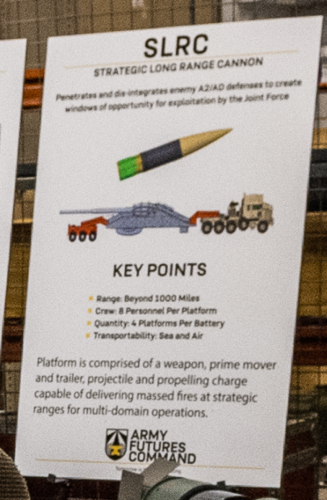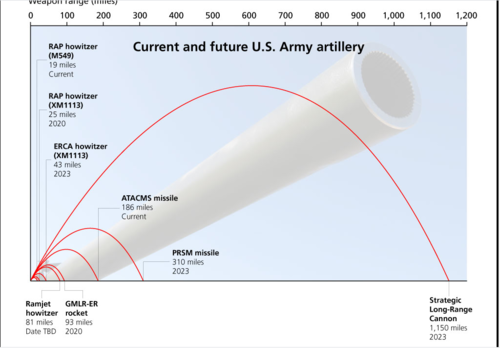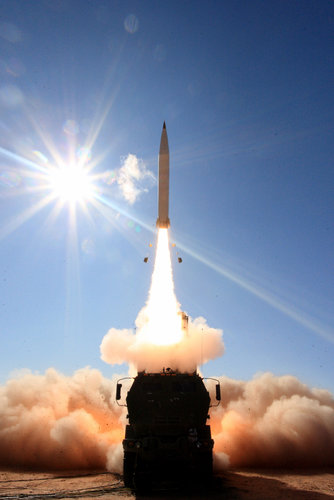jsport
what do you know about surfing Major? you're from-
- Joined
- 27 July 2011
- Messages
- 7,713
- Reaction score
- 5,721
so was I"new XM1113 rocket-boosted shell and a longer howitzer 58 caliber cannon increases range from 38km to 70km+."
Apparently the ancient G6 is still king. And they didn't even have to use a rocket-boosted shell.
"Rheinmetall attained a distance of 76km using a G6 howitzer with a 52-calibre gun. This is said to be the longest range ever achieved with a conventional 155mm artillery round."
(I was stoked the article above was going to show the mythical 1000-mile gun.)
155mm developments are about 2 decades of just catching up.















